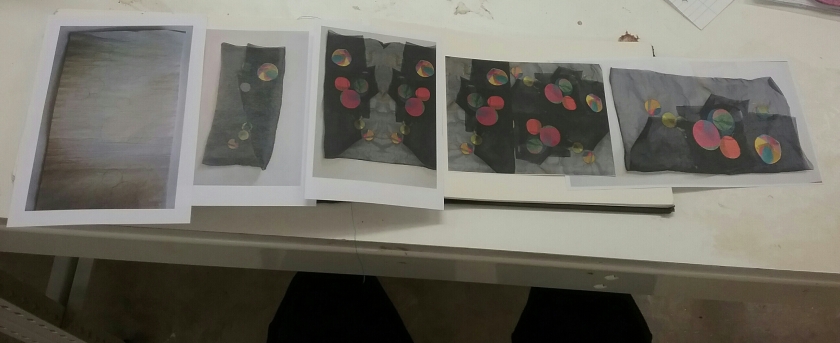Paul Granjon is a tutor at Cardiff Met who makes artwork involving ‘Co-evolution of humans and machines, robots in performance, home manufacturing, role of electronic arts within humanities and science and technology studies.’ He came to give us a talk about his projects and practice.
I found this quite engaging as I am interested in the part technology plays in society today. Granjon picks apart how society interacts with technology and makes comment on it by literally taking apart bits of everyday technology and reassembling them, creating robots, media installations and performance pieces it in order to make a statements on the relationship we have with technology today and what those relationships may be in the future.
In his talk, Granjon raised the idea of the ‘amputation’ from humanity and human processes technology can bring, giving the example of how today, we store all our phone numbers remotely in our phone whereas 20 years ago we would memorize the numbers. This is an amputation or transferal of human memory usage to technology.
He also talked about the amputation and sanitation of the physical world or organisms due to digitization. A piece he made dealing with this is Forest Automative which was in response to the restricted access to the countryside during the the foot and mouth crisis in 2001. He created a sanitized forest within the gallery space where viewers could sit and hear forest noises, experiencing the sounds and visuals of the countryside in a safe clean environment.
What really struck me about his work is how he invites the viewer to engage in serious ideas about use of technology through humour, pastiche and poking fun at our attitudes to it and his creation of funny machines with which we can interact. This element of fun is what draws the viewer in and what makes his work and his messages memorable.
Here are some links to his websites
Earlier Machines
New Website
Source of Quoted Text Cardiff Metropolitan School of Art website, Staff, Paul Granjon, Current Research. – Here, links to academic papers he has written on robots can be found. I would like to take a look at these in the future. These are in the Cardiff met D-Space repository.

































